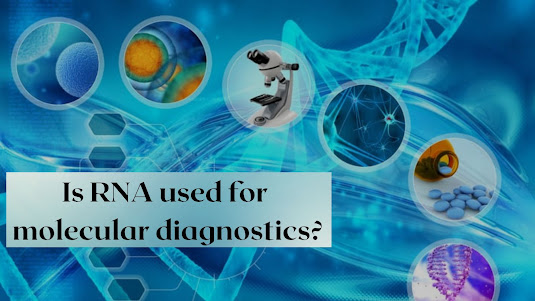What role does chromatin play in gene expression?
Whether it is a
blessing or a curse, chromatin adds an extra layer of control over gene
expression. This control is exercised via a slew of chemical modifications to
histones and DNA known as epigenetic marks, which alter chromatin structure and
provide specific recognition sites for regulatory factors.
In response to
environmental stimuli, the epigenome undergoes biochemical changes, which
result in chromatin structure remodeling. The term "chromatin remodeling"
primarily refers to the ATP-dependent process of genomic transformation by
nucleosome-shifting enzymes such as the SWI/SNF complex.
Epigenetics heavily
relies on chromatin remodeling. Epigenetic modifications to histone proteins,
such as methylation/demethylation
and acetylation/deacetylation, can alter the structure of chromatin, resulting
in transcriptional activation or repression. Epigenetic mechanisms are
important regulators of gene expression that establish potentially heritable
changes in gene expression without changing the underlying nucleotide sequence.
These mechanisms include CpG methylation, chromatin remodeling, and regulatory
ncRNAs.
Dynamic changes in
chromatin conformation can either activate or suppress gene expression by
facilitating interactions between enhancers or other cis-regulatory elements
and their target genes. All aspects of transcription that are mediated by RNA
polymerase II are hampered by chromatin structure. Multiple mechanisms
control the dynamics of chromatin structure, including histone modification,
chromatin remodeling, histone variant incorporation, and histone eviction.
To activate
transcription, some of the specific transcription factors must be able to bind
to their binding sites when organized into nucleosomes. The promoter's
chromatin structure must then be decondensed in order for the basal
transcription machinery to bind.



Comments
Post a Comment